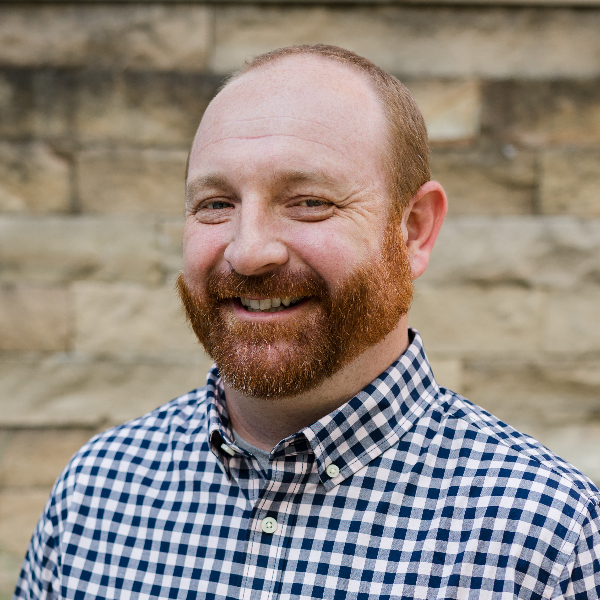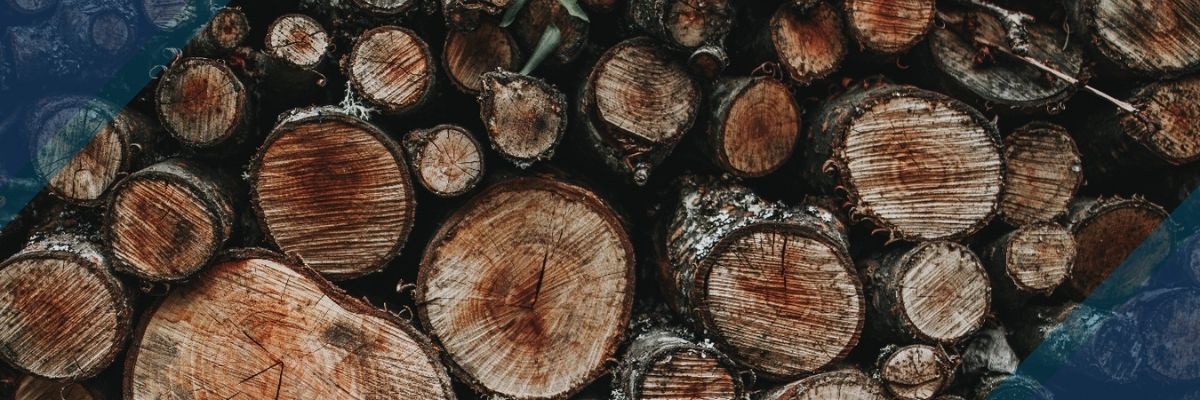Reaching the Peoples Next Door: It’s up to you.
Sometimes, I need people to draw me a picture.
Let’s be honest, we all have that moment where someone starts explaining something complex and our mind floats off into the ether, wondering if there are any new cat videos on YouTube or when Tripp and Tyler will make another ChristianTingle video. I get it. So, this week I’m drawing you a picture to discuss our strategy for people group discovery and church planting in North America.
But first, a little introduction:
Last week in the toolbox, we shared about the Peoples Next Door Project. This two year project has helped us create a strategy to aid local churches in fulfilling the Great Commission. Massive immigration in the last 25 years has completely changed the game when we consider church planting in North America. Furthermore, from an international missions perspective, our best shot at reaching many of the unreached people groups in the world may actually be down the street. However, with a new paradigm comes a new strategy.
When we look at the sheer number of people groups who live in our urban centers, it is easy to see no amount of resources will allow us to simply pay for “missionary professionals” to take up the task of engaging them. Consider Washington, DC. At our last count, there are over 190 distinct people groups living in the DC area alone. Now multiply that number times the top 50 urban centers in the United States. How would we ever supply enough “professionals” to cover this many peoples? No, our strategy must be different. Thankfully, there is a better way.
You can do it.
When Jesus was delivering his final words before his ascension, it was not to a sending agency. It was to the local church. The Great Commission belongs to the local church. Sending agencies and seminaries play an important role in the training, equipping, and facilitating of the missionary task. Nevertheless, the responsibility to see the Great Commission fulfilled rests on the shoulders of local churches across the globe. Furthermore, now that these people groups have settled in our neighborhoods, it only makes sense that our local churches would pick up the responsibility of planting churches amongst them.
The strategy we have developed is designed so that local churches can pick up this task of discovering and engaging people groups in their area. This grassroots ministry effort is the only way we can see to bring the gospel, in a real, multiplicative way, to the masses of international peoples that now call this home.
Now, I promised you picture, and here it is. This is a diagram that lays out in a step-by-step process the work of reaching international people groups in our urban centers.
Here is the graphic:
This post originally ran at thecgcs.org, website for The Center for Great Commission Studies at Southeastern Baptist Theological seminary.





